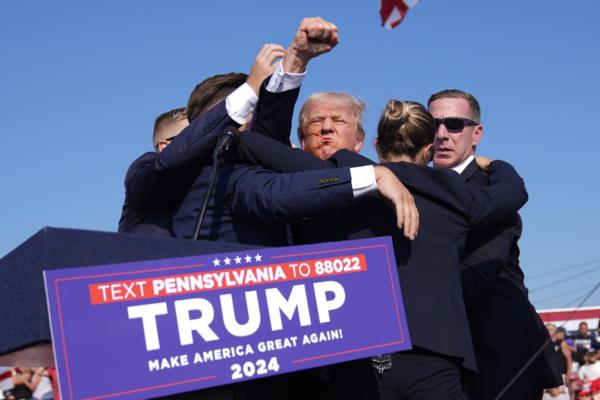
Following revelations by Pennsylvania police leaders that there were at least two other suspicious individuals besides Thomas Matthew Crooks at the July 13 Trump rally, experts explain that reports of such individuals at Secret Service events are not uncommon.
During a House Homeland Security Committee hearing, Pennsylvania's State Police commissioner disclosed the presence of two other suspicious individuals at the rally before Crooks attempted to harm former President Trump. The commissioner's testimony raised concerns about security measures at the event.
Lawmakers questioned law enforcement leaders about the rally's security failures, with some visiting the scene personally. Shortly after the testimony, U.S. Secret Service Director Kimberly Cheatle resigned.



Experts emphasize that identifying a person as suspicious does not necessarily indicate a genuine threat. The Secret Service routinely investigates individuals flagged as suspicious to assess any potential risks.
Retired Secret Service agent Bill Gage highlighted the differences in defining suspicious behavior between local police and the Secret Service. He noted that behaviors considered suspicious by locals may not raise the same concerns for the Secret Service.
Questions were raised about the response to Crooks' suspicious behavior, including his actions before the shooting and the communication among law enforcement officers. The FBI's ongoing investigation into Crooks' activities revealed his focus on former President Trump and prior presidential assassinations.
The FBI reiterated that the shooting was an attempted assassination of Trump, resulting in injuries and a fatality. While Crooks failed to kill Trump, he fatally shot a bystander and wounded two others.
Trump, who sustained a minor injury during the incident, expressed surprise at not being warned about the suspicious individual before taking the stage at the rally.







